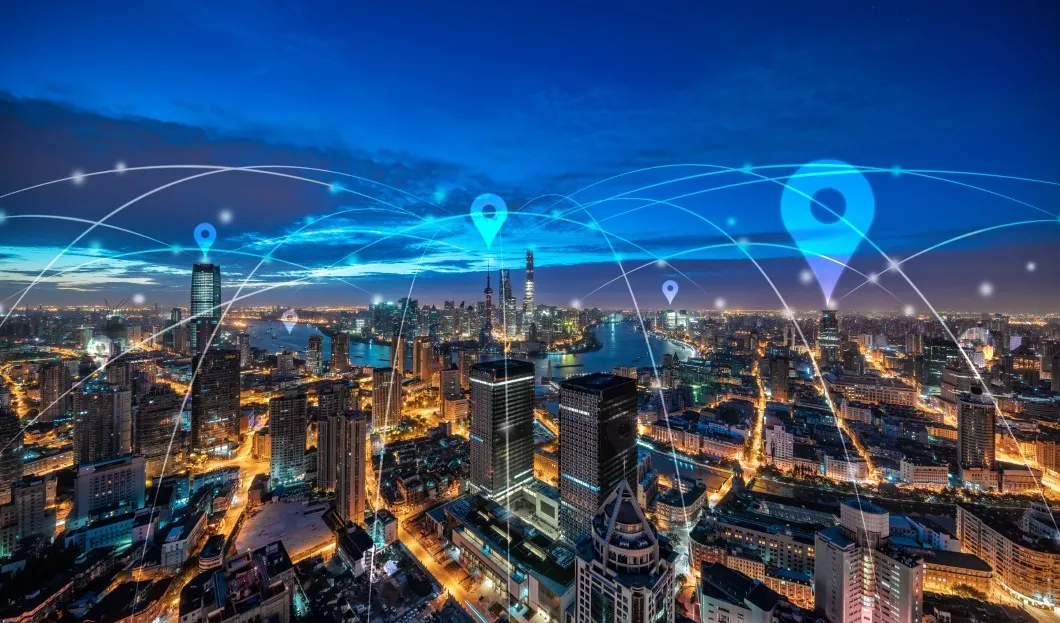
Like so many other industries, tourism would greatly benefit from knowing certain information about future clients in advance. Luckily, there’s no need to rely on fortune tellers anymore, but simply take advantage of the Big Data.
Can you imagine having a global vision of the tourists in your target area, their social and demographic profiles, origins, tastes, lifestyles, or even what they want to experience? Maybe finding the best location to open a new store based on your target audience? Or knowing the number of future tourists and where they come from throughout the year, allowing you to plan your resources?
Would you change up your marketing campaigns if you knew where your potential customers’ country of origin?
In this digital era where everything is hyperconnected (employees, customers, rooms, rental cars, restaurants, destinations…), new technologies and data analysis will be essential for tourism to adapt to new consumption models and improve the decision-making process.
The transformation of our society has no room for the traditional way of classifying consumers. Potential customers are much more complex than before, so companies need new market analysis models and new strategies for consumer segmentation.
Understanding the profile, consumption habits, needs and demands of a client is necessary to increase the value of the products or services offered and, and consequently, the company’s turnover.
Simple segmentations such as grouping based on age, sex or social class no longer work. Now it’s not a matter of how old a potential client is, but how old he or she feels.
New consumer tribes have appeared like the silver-hair tourists (senior people), who have specific needs and different consumption habits.
Another one of these is the bleisure trend, one that combines business and leisure, and is used by numerous employees who have to travel for work reasons.
In fact, according to a study by BridgeStreet Global, 80% of business travelers say that taking personal days adds value to the work trip, with 46% saying that they already do this on almost all their business trips.
Another change that has also reached tourism is the low-cost philosophy, such as the budget tight rental platforms, and more recently, opening home-based restaurants in which profitability is much reduced and price struggle is constant.
All things considered, the tourism industry, given its high competition and virtually endless areas, is looking for alternatives to regain ground and visibility.

And to achieve this, the key is to know who these new customers are, how they feel, and how they will be traveling in the future, in order to design the right product or service that best fits them.
Before a hyperconnected traveler who is looking for personalized experiences, Big Data strategies will be the way to discover behavior patterns with which to face the challenges of our industry.
Data analysis makes it possible to know future customers much better, which translates into sales and web positioning. Specifically, Big Data helps to:
- Align strategies to customer expectations, adapting service proposals to new customer groups, and even creating new business opportunities;
- Anticipate. Establishments can predict a high influx of tourists, and thus plan their resources more efficiently;
- Create patterns of future clients, something crucial at a time where spontaneity prevails. Consumers want their needs to be met as soon as they arrive at an establishment, so it is necessary to be ready for them;
- Obtain a comprehensive knowledge of the tourist, their social and demographic data, purchasing power, place of origin, place of residence, hobbies, etc.;
- Adjust employee profiles to match those of future customers (language, menus, etc.), which directly translates into satisfied customers.
No matter the size of a company (a hotel, rural house, restaurant, cafeteria...), or the amount of data available, or its state of digitalization, Big Data is a way to boost tourism because it allows travelers to discover destinations better, and allows businesses to offer them what they really need.
Always keep in mind that customers do not just seek adventures but want that perfect and unique experience.









